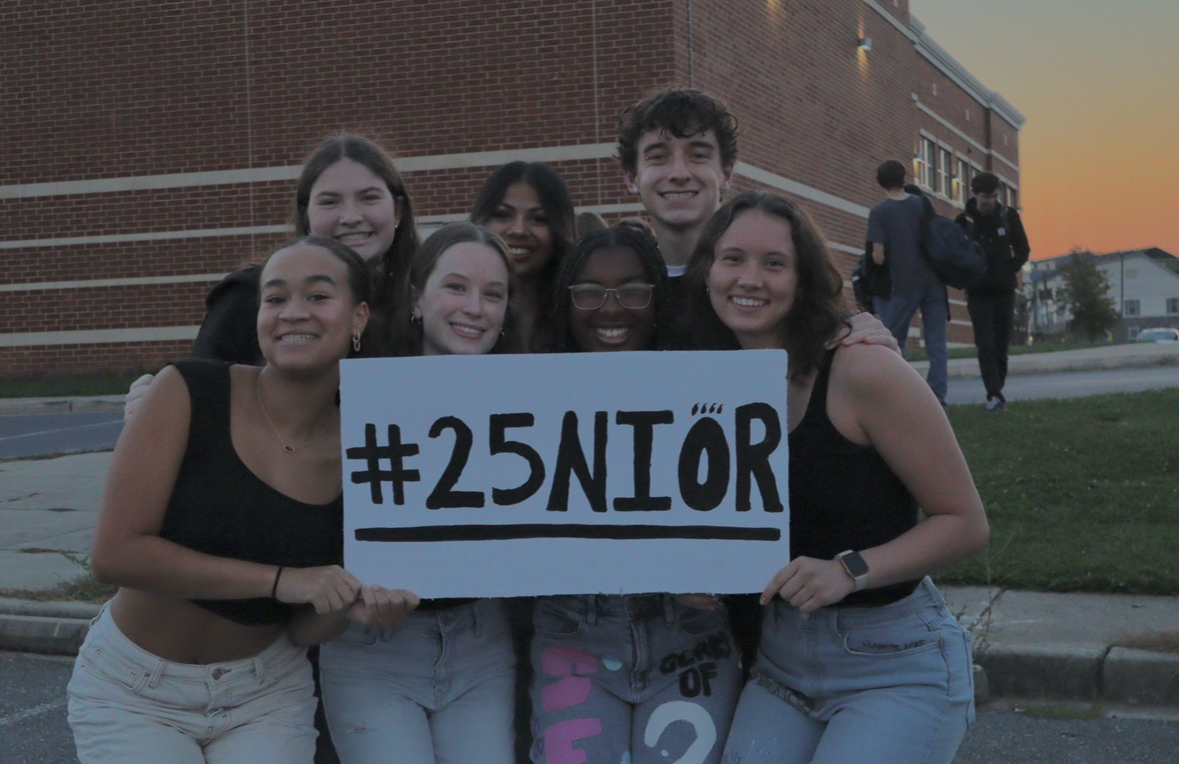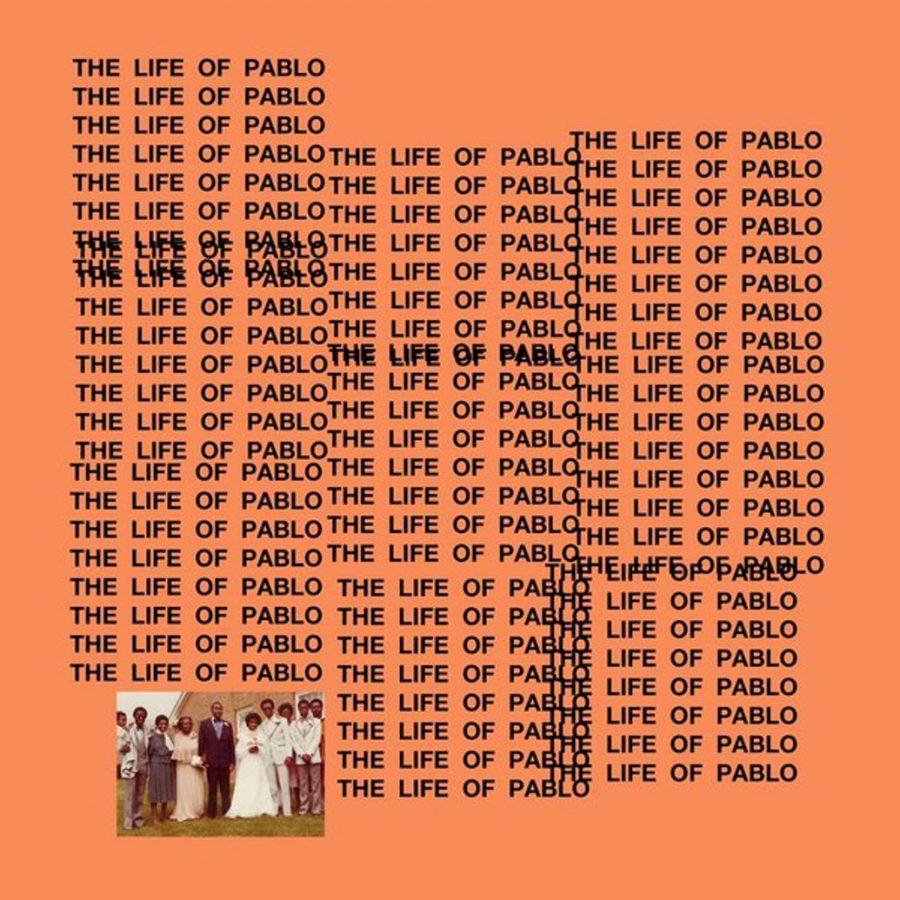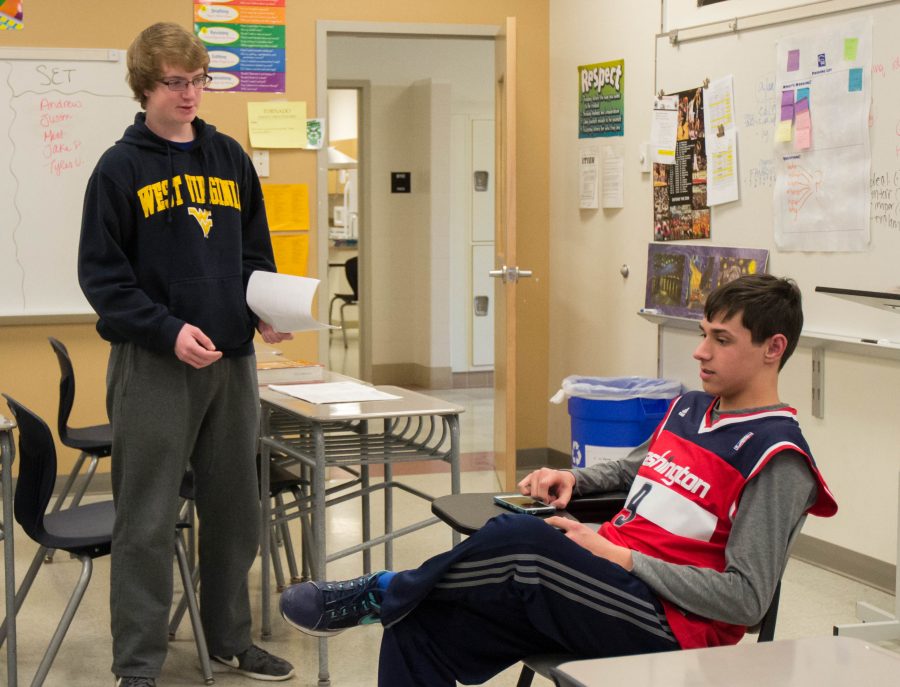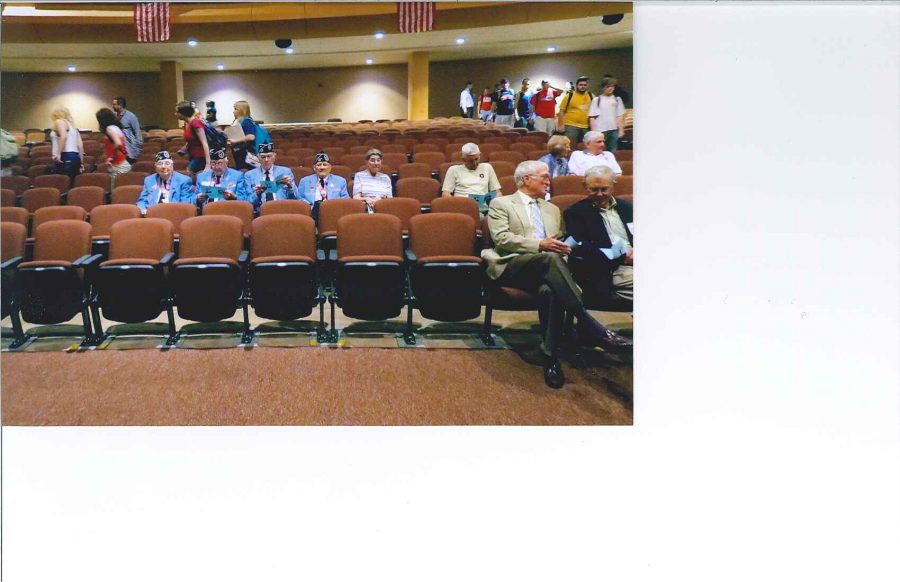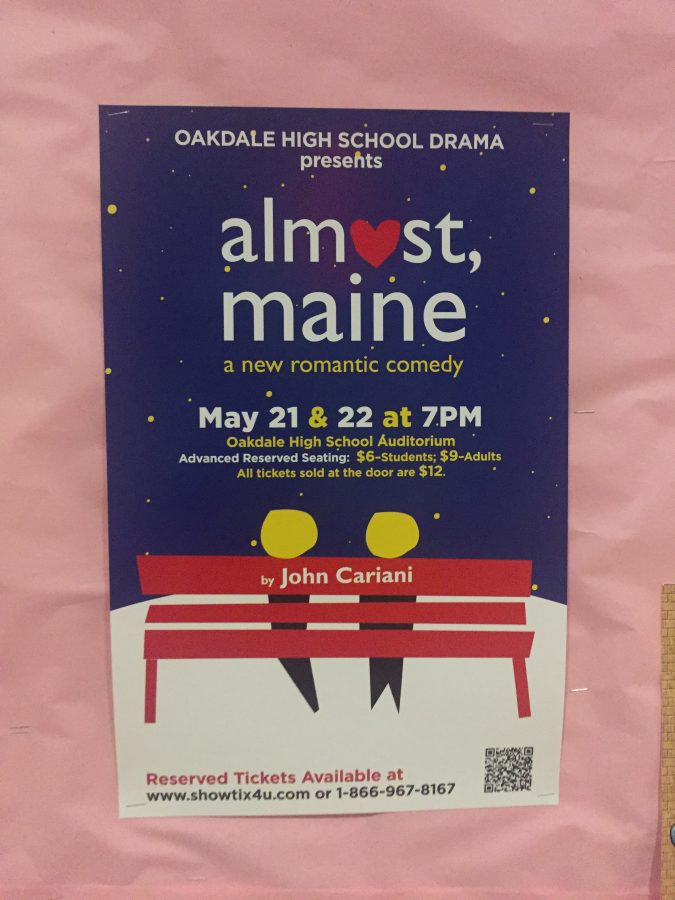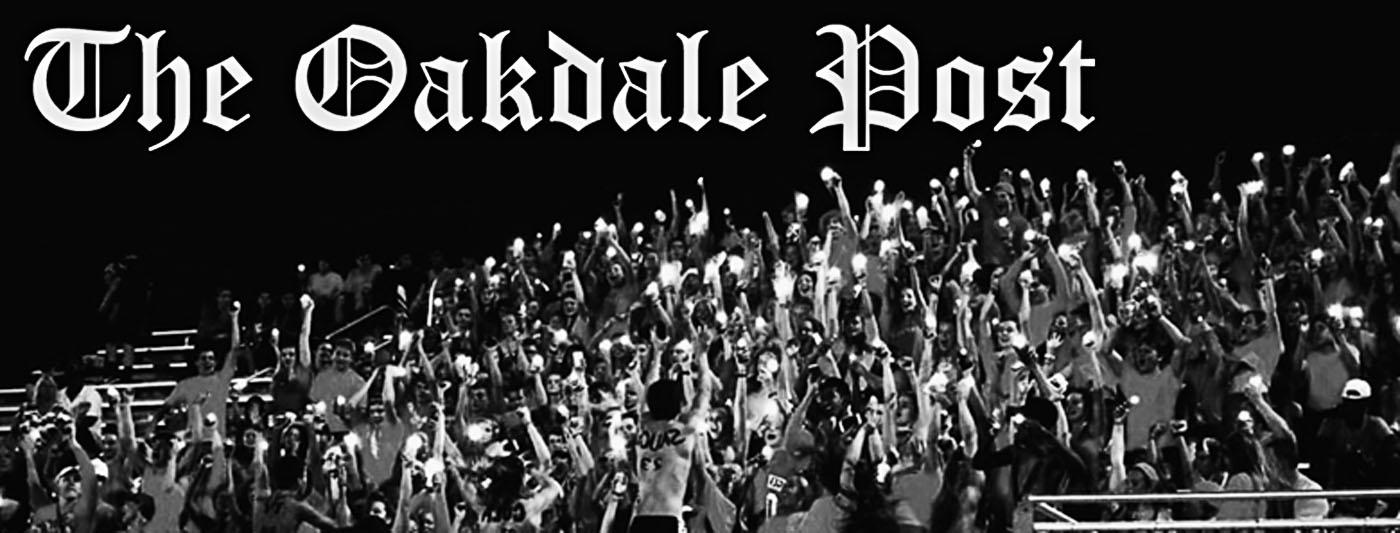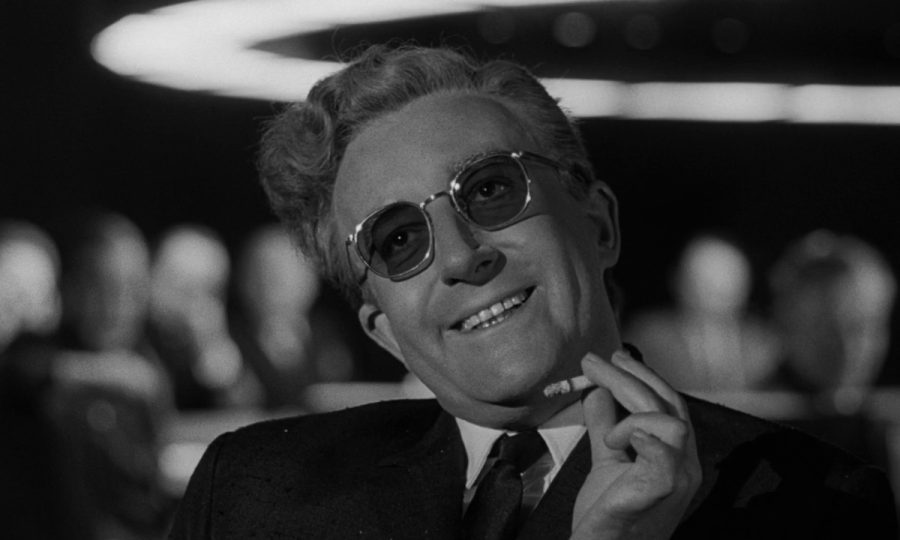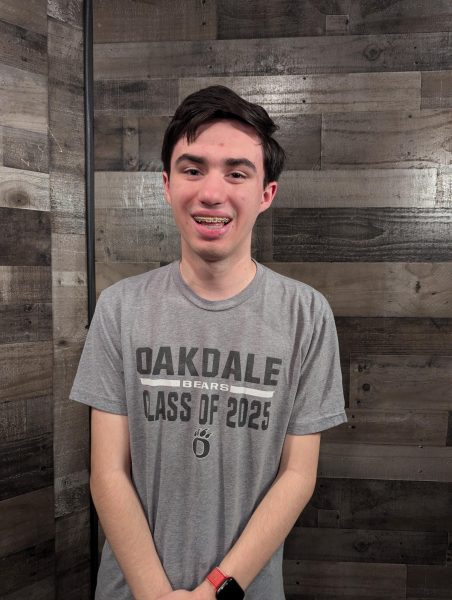1 in 6 Chance of Nuclear War: Revisiting “Dr. Strangelove”
Director: Stanley Kubrick; Director of Photography: Gilbert Taylor; via [FILMGRAB]
Actor Peter Sellers as the titular Dr. Strangelove during a scene in the film’s infamous “War Room.” Sellers also plays President Merkin Muffley and Group Captain Lionel Mandrake.
December 5, 2022
“Nuclear Warhead – Handle With Care”
In the early 1960s, during a press tour for Dr. Strangelove: or How I leaned to Stop Worrying and Love the Bomb, its infamously reclusive director, Stanley Kubrick, most known for 2001: A Space Odyssey and The Shining, said the film was about, “our failure to understand the dangers of nuclear weapons.” A sentiment which echoes ever prescient nearly 60 years later.
In mid-2022, in response to the Russia-Ukraine conflict, Max Tegmark, a PhD Physicist and Machine Learning Researcher at the Massachusetts Institute of Technology, created a model of the war to determine the likelihood of nuclear warfare. He found that there is a 1 in 6 chance.
Tegmark’s simulation accounts for a series of different, non-nuclear outcomes; primarily the “Vietnam,” “Kosovo,” “Finland,” and “Korea,” resolutions. However, Tegmark’s research indicates that Vladimer Putin would not accept a “Vietnam”-esque scenario “without first going nuclear.”
While constituting nuclear war, this outcome would not directly, or inherently, involve the United States, or any other nuclear-armed country. That would be the final, “KABOOM”, outcome, which Tegmark defines as a major U.S.-Russia nuclear conflict, which he argues could, “cause [a] nuclear winter [that would] kill most people on Earth.” But is that risk worth the militant advantage? With Dr. Strangelove (released in 1964), Stanley Kubrick argues no.
Strangelove follows three different perspectives: President Merkin Muffely (Peter Sellers) and his constituents at the Pentagon, one of whom is the titular Dr. Strangelove (Also played by Sellers); Major ‘King’ Kong (Slim Pickens) and his warhead-carrying bomber-plane; and Brigadier General Jack Ripper (Sterling Hayden), who initiates the nuclear strike, and Group Captain Lionel Mandrake (Again played by Sellers), a British exchange liaison officer, as he desperately tries to regain control of the situation and stop General Ripper’s orders.
General Ripper calls in an irreversible nuclear strike on Russia, but despite numerous attempts to subvert impact, the warheads fall to society’s decimation. Despite being quite dark, the sequence is strangely optimistic,being set to Vera Lynn’s, “We’ll Meet Again.” At the surface level, it seems like sneering irony, but maybe he means to use “We’ll Meet Again” as reference to the cynical, cyclical return of violence. History is doomed to repeat itself. Or does he mean to be unsarcastic? As in humanity will return, life will be reborn, and the world will still spin?
When looking at art, by and large, the most effective kind is the most honest kind. Kate Ehrlich, the AP psychology teacher at Oakdale High School, says she uses this principle when she’s picking films to show her classes: “I show different things to students [but when] they get that emotional response, you know it’s genuine, right? When something does a very good job of genuinely showing how people think and feel, we respond to that.”
In relation to Dr. Strangelove, this point remains clear; it’s Kubrick’s stone-cold honesty that makes the film work. His use of overly aggressive military leaders and the sleepy, almost cartoonish politicians both reflect reality in disturbing ways. Kubrick is giving a warning: by placing uncontrollable people in control, you lose control.
It’s downright pacifistic, and anti-establishment, which reflects Kubrick himself—see Paths of Glory and Full Metal Jacket. The film isn’t just parodying weapons of mass destruction, it’s lampooning the entire military system, exposing the ugly truth, and taking no prisoners. That’s the macro level of Kubrick’s core themes, on the micro level, he’s looking at the Cold War, and the Cuban Missile crisis; but the prerequisite required for Dr Strangelove isn’t historical knowledge, it’s awareness of the current state of the world, whenever that may be.
Kubrick likely knew the message he was bringing forward would be relevant again sometime in the future, so he designed his film to be eternally relevant. Dr. Strangelove may not hold the answers to nuclear war, but it reminds the audience of the dangers. It reminds the world to consider the consequences, the sheer stakes, and the overwhelming amount of responsibility needed to safely handle weapons of mass destruction. It’s a reminder that sometimes leaders can’t lead, and that fails-safes can fail, and last resorts, or 1 in a million possibilities, can become immediate issues.
To consider the use of nuclear warfare is to have a lack of respect for the human impact it would have. To even possess the weapons is to show a lack of understanding of the consequence of a slip up. The decision to avoid nuclear confrontation needs to be made now to avoid a disaster in the future. The ultimate fail-safe isn’t a fail-safe, it’s not having the risk in the first place.
But even if the disaster Tegmark says is highly probable gets avoided this year, or next year, even if the conflict ends non-violently, or with another kind of escalation, the messages in Dr. Strangelove: or How I Learned to Stop Worrying and Love the Bomb will once again come around, because, just like Vera Lynn said: “We’ll meet again.”




















